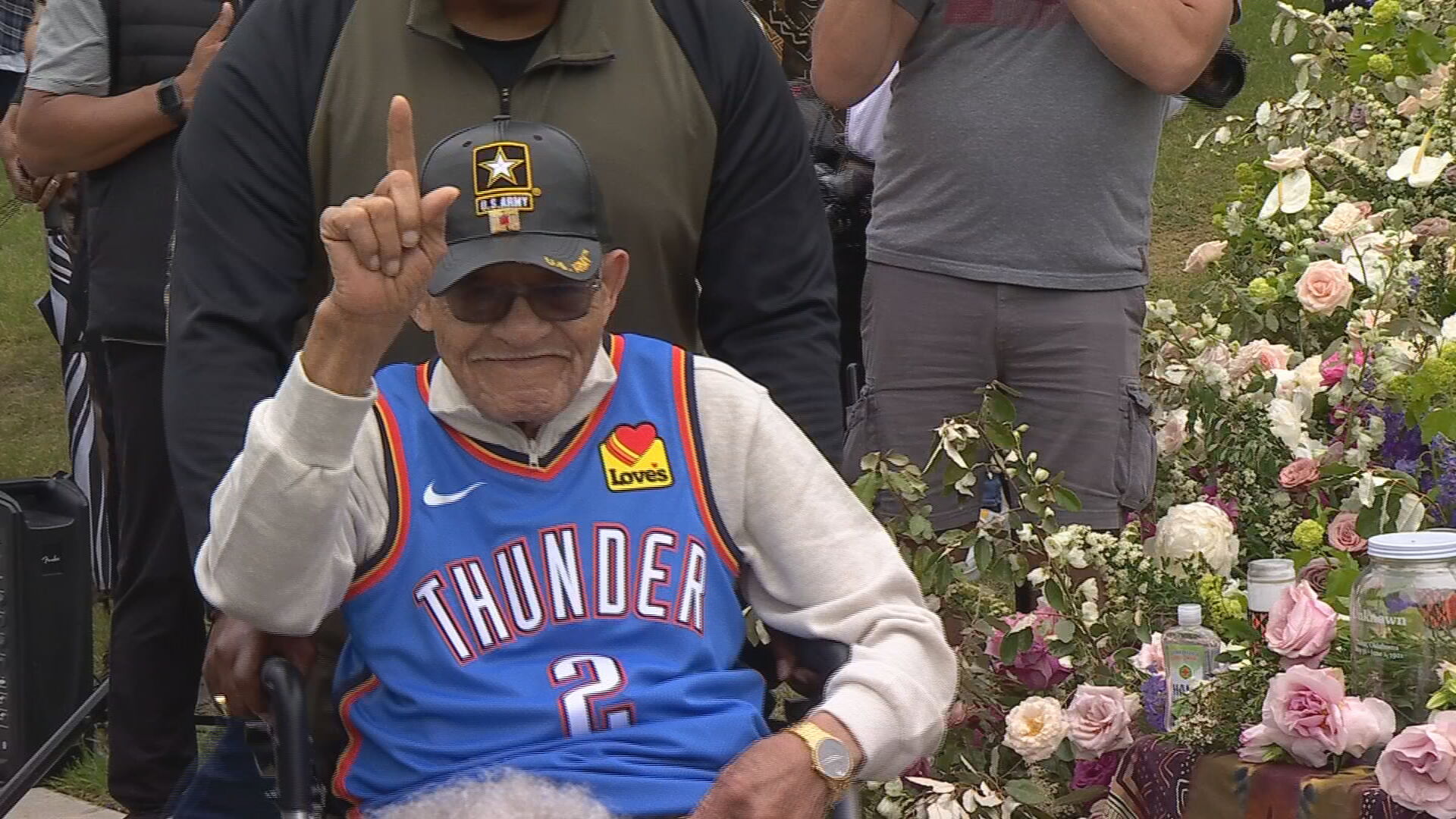The Research Behind Oaklawn Cemetery 1921 Mass Graves Investigation
The city of Tulsa announced the identification of a 1921 Race Massacre victim buried at Oaklawn cemetery on Friday after years of investigation. News On 6 reporter Amy Slanchik sat down to talk about the victim C.L. Daniel and how researchers were able to make this breakthrough.Friday, July 12th 2024, 4:07 pm
The city of Tulsa announced the identification of a 1921 Race Massacre victim buried at Oaklawn cemetery on Friday after years of investigation.
News On 6 reporter Amy Slanchik sat down to talk about the victim C.L. Daniel and how researchers were able to make this breakthrough.
Tatum: No one has done more reporting on this than you. You brought all your notes with you today.
Amy: Yeah, reporter's notebook right here.
Tatum: Let's talk about just how significant today's development is.
Amy: Absolutely. Well, just to give some perspective on today's significance, a year ago in April, the city announced that they could connect the remains found at Oak Lawn to living Americans. That was one big step. Today, we not only have a DNA connection with a living American, but we also have actual documentation from our National Archives, that takes it one step further. That says that this person was a victim of the race massacre, so that's the significance. And not just for researchers, the team, and the city, but for the family of this person, who was just alerted this week that they have a relative who was killed in a massacre 100 years ago. They're still processing that information, and it's incredibly significant for them as well.
Tatum: Absolutely. It's not just a good-faith effort or a dead-end search. There are results. We have proof today. C.L. Daniel is the person that was identified. What do we know about him?
Amy: It's fascinating. At today's news conference, every bit of information they had, to our knowledge, they shared with us. We know he's a World War I veteran from Georgia. He served in the army for nine months before being honorably discharged and went on to tour the country. He went on an adventure. It was told to us that he had an adventurous spirit. And then, once he had seen much of the nation, he decided to go back home to his mom. He's one of seven children, and his mother became a widow when he was younger. We’re learning all these details. It's fascinating to piece together someone's life story from 100 years ago. His goal was to return to Georgia, but we know from a letter that his mother, she hired an attorney. And it says in the letter that she was trying to establish his death so she could get his military benefits. The letter states he was killed in a race riot in Tulsa, Oklahoma in 1921, to the best of the information that she had. The fact that this mother took the effort to hire an attorney to try to track down his military benefits and document that he died in a riot has been preserved at the National Archives. That's the link!
Tatum: Yes, that’s the link that brings us to today.
Amy: It’s twofold. We have the DNA connection with the family and the documentation that the family wrote 103 years ago.
Tatum: You’ve been on this for years. Can you talk a bit about what it’s taken from city leaders and researchers to get to this point?
Amy: When we started covering this, I knew we were getting into a potentially years-long situation. Here we are six years after the mayor launched the investigation. I decided early on not to rely solely on the internet and computers, so I handwrote and printed out everything we had covered. I have here the notes from Day One in 2019, the first time that they used the, it looked like a lawn mower, the scanning tool that before they even penetrated the ground, they scanned it to see what they could from find underground. I wrote down each day, what happened. And all the stories we covered over the years. I’m certainly not the only one in our newsroom dedicated to documenting this important history. This is everything we’ve done so I could look back and study it whenever it came back up. I know we all see Journalism is often seen as the first rough draft of history, and this is my testament to that in my career.
Tatum: Knowing you, you do this with every story. Your commitment shows the dedication of the researchers and the city to finding answers about the race massacre.
Amy: Sure. And it’s not over yet. The city and researchers emphasized today that there are still many other burials to study and more DNA sequencing to do. There’s a lot of work ahead, and we know they’ll be back at Oak Lawn on July 22.
More Like This
Top Headlines
June 7th, 2025
June 7th, 2025
June 7th, 2025











